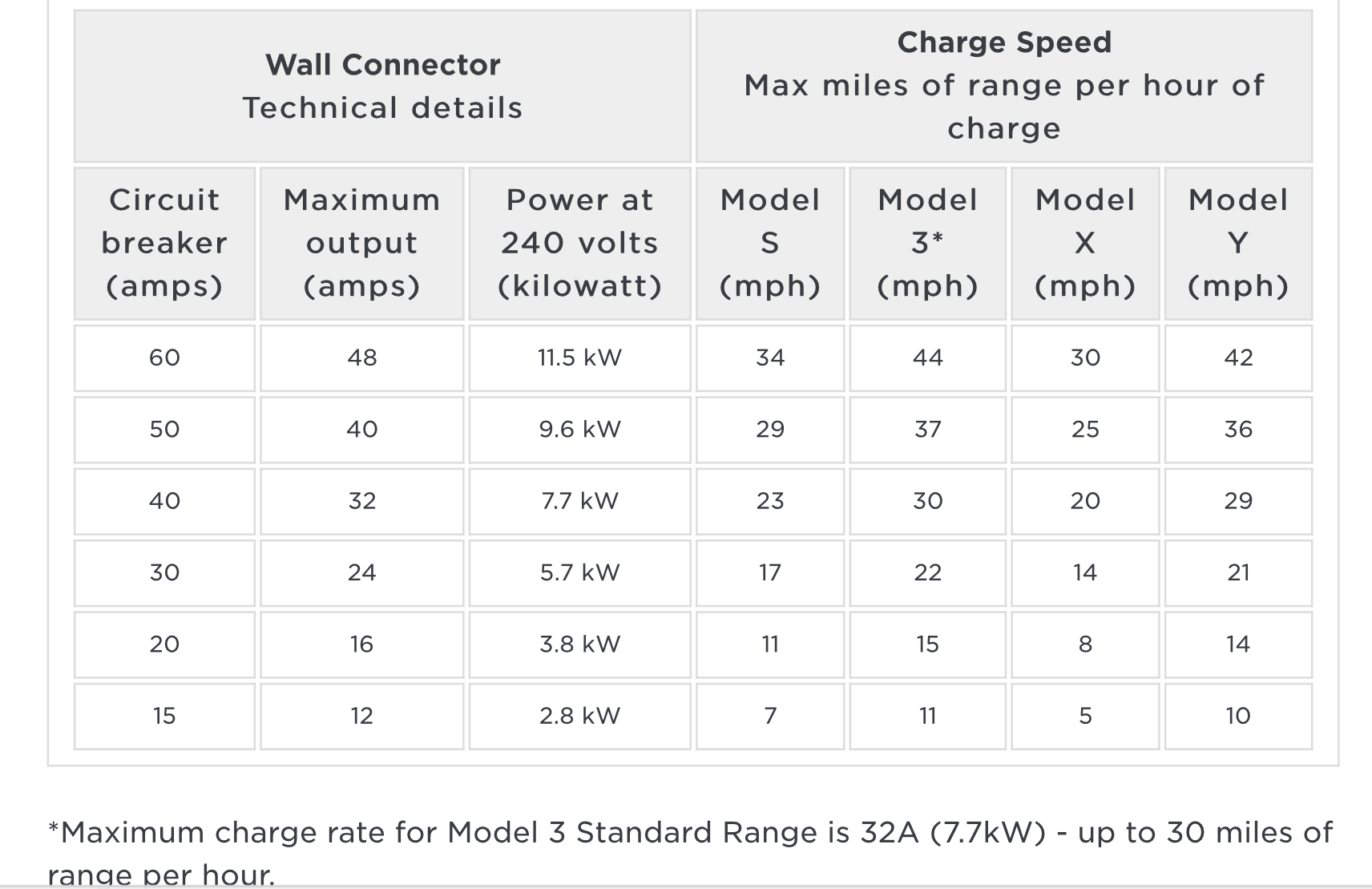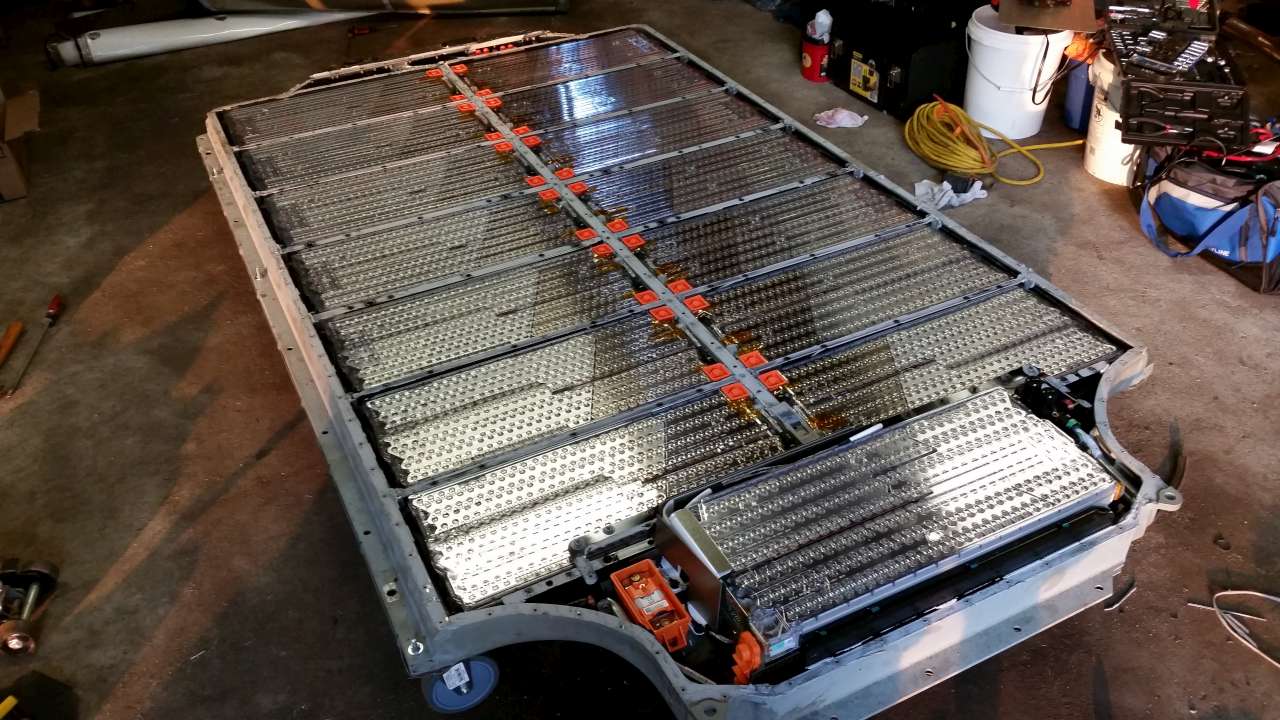I thought I should break this topic out separately from the Model S (Plaid) Delivery Update thread, since there is a lot of posting there, and things just get buried immediately.
Summary of current status as I understand it:
1) Preliminary Monroney (not official) suggests about 103kWh unlocked capacity (assuming 88.5% charging efficiency, which has been the norm). Picture from @omarsultan in the other thread re-attached here. It is 101MPGe and has 348-mile range (estimated, NOT an EPA estimate yet) with 21"
(0.885*348mi/(101MPGe/33705Wh/Ge)) = 102.8kWh
2) The Owner's Manual states it has a 450V pack "nominal voltage" (so about 500V max?) https://www.tesla.com/sites/default/files/model_s_owners_manual_north_america_en_us.pdf , rather than 350V nominal (400V) previously. https://www.tesla.com/sites/default/files/model_s_owners_manual_europe_en_gb.pdf (These file links may change but the second is from October 2020 at this time.) Perhaps ~120 series cells rather than 96? (I think the previous 100kWh pack was 96s86p?)
This should be good for efficiency and it will be interesting to see how/when the Superchargers are adapted to it.
3) SOME people on Twitter have stated it uses 18650 cells. It's not clear whether this is 100% confirmed yet, and we don't know if they are the same type of cell as the prior 18650 cells. In addition the pack construction may be more similar to Model 3 in terms of modules, but that is all TBD the exact number of series and parallel cells Wiki - Model S Delivery Update
4) Currently vehicles all appear to be delivered showing ~390 rated miles at 100% (the projected range for the 19" wheels from the website). Even if they have 21". This will change.
5) The current charging constant used for all calculations on the display is 246Wh/rmi. (This will definitely change too.) In conjunction with above this means a 96kWh degradation threshold for now (more explanation in linked post below). (But pack capacity may well be 103kWh or so, still)
6) This pack is supposed to be capable of higher Supercharger rates. It will be nice to track the progression of that, and the taper curves, here. Seems like it could be really fast if the Superchargers power limits (at medium voltage, 10-20% SoC) and current limits (at low voltage/SoC%) can be relaxed.
Here is my current more detailed understanding of the situation and the technical details of how the car display works, for reference, very low confidence in this, open to correction:

 teslamotorsclub.com
teslamotorsclub.com
I hope that we can include data in this thread from Plaid owners & others such as:
1) Links to official EPA docs, when available. Basic Search | Document Index System | US EPA
2) Images/videos of charging sessions at Superchargers, to see the max possible rate and the constant, and at home, to keep track of the constant.
3) Data from trip meter segments from owners, to calculate the energy in each displayed rated mile. (Take a trip, log kWh and rated mile use.)
4) Any other useful info from internet showing details of battery construction, voltage, capacity, cell type, etc.
5) ScanMyTesla or other similar CAN data from the Plaid pack when available (Nominal Full Pack, Full Pack When New, Buffer Size, max voltage, etc.).
6) Data from other gathering tools, like: Wiki - Model S Delivery Update
Thanks, tagging @EVonly, @kengchang, @2021plaid, @Drew-MS , @MP3Mike, @Atomadam, @aerodyne here since they've either shown interest or might be able to help since a couple of them have the vehicle.

Summary of current status as I understand it:
1) Preliminary Monroney (not official) suggests about 103kWh unlocked capacity (assuming 88.5% charging efficiency, which has been the norm). Picture from @omarsultan in the other thread re-attached here. It is 101MPGe and has 348-mile range (estimated, NOT an EPA estimate yet) with 21"
(0.885*348mi/(101MPGe/33705Wh/Ge)) = 102.8kWh
2) The Owner's Manual states it has a 450V pack "nominal voltage" (so about 500V max?) https://www.tesla.com/sites/default/files/model_s_owners_manual_north_america_en_us.pdf , rather than 350V nominal (400V) previously. https://www.tesla.com/sites/default/files/model_s_owners_manual_europe_en_gb.pdf (These file links may change but the second is from October 2020 at this time.) Perhaps ~120 series cells rather than 96? (I think the previous 100kWh pack was 96s86p?)
This should be good for efficiency and it will be interesting to see how/when the Superchargers are adapted to it.
3) SOME people on Twitter have stated it uses 18650 cells. It's not clear whether this is 100% confirmed yet, and we don't know if they are the same type of cell as the prior 18650 cells. In addition the pack construction may be more similar to Model 3 in terms of modules, but that is all TBD the exact number of series and parallel cells Wiki - Model S Delivery Update
4) Currently vehicles all appear to be delivered showing ~390 rated miles at 100% (the projected range for the 19" wheels from the website). Even if they have 21". This will change.
5) The current charging constant used for all calculations on the display is 246Wh/rmi. (This will definitely change too.) In conjunction with above this means a 96kWh degradation threshold for now (more explanation in linked post below). (But pack capacity may well be 103kWh or so, still)
6) This pack is supposed to be capable of higher Supercharger rates. It will be nice to track the progression of that, and the taper curves, here. Seems like it could be really fast if the Superchargers power limits (at medium voltage, 10-20% SoC) and current limits (at low voltage/SoC%) can be relaxed.
Here is my current more detailed understanding of the situation and the technical details of how the car display works, for reference, very low confidence in this, open to correction:
Wiki - Model S Delivery Update
yes.. that's true.. although Spotify was in the code long before it made its way iirc.. even to European cars and forever for NA cars. Perhaps @omarsultan could post his sources list, if he got the chance? :) I also wonder if there’s any settings there to split between front/back?
I hope that we can include data in this thread from Plaid owners & others such as:
1) Links to official EPA docs, when available. Basic Search | Document Index System | US EPA
2) Images/videos of charging sessions at Superchargers, to see the max possible rate and the constant, and at home, to keep track of the constant.
3) Data from trip meter segments from owners, to calculate the energy in each displayed rated mile. (Take a trip, log kWh and rated mile use.)
4) Any other useful info from internet showing details of battery construction, voltage, capacity, cell type, etc.
5) ScanMyTesla or other similar CAN data from the Plaid pack when available (Nominal Full Pack, Full Pack When New, Buffer Size, max voltage, etc.).
6) Data from other gathering tools, like: Wiki - Model S Delivery Update
Thanks, tagging @EVonly, @kengchang, @2021plaid, @Drew-MS , @MP3Mike, @Atomadam, @aerodyne here since they've either shown interest or might be able to help since a couple of them have the vehicle.
Last edited:



